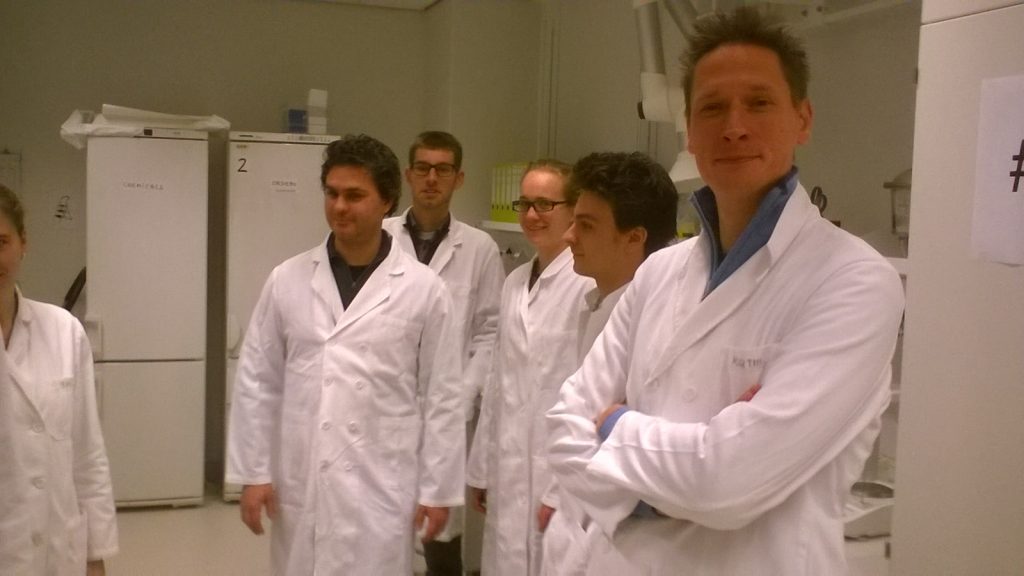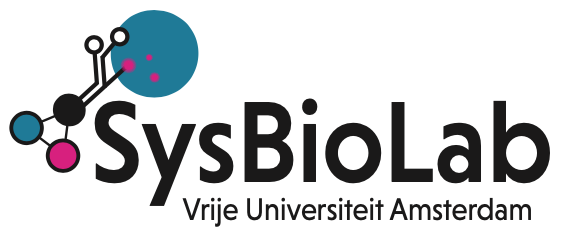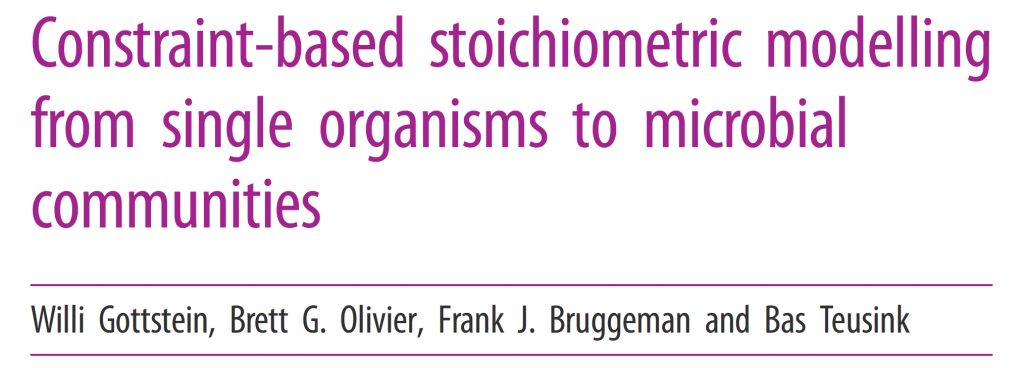Jurgen is the senior author on a new book chapter that describes how mathematical modelling can help understand metabolism in parasites and guide drug target identification. The chapter focusses on recent advances for Trypanosoma brucei and Plasmodium Falciparum
The chapter is part of a book on “Comprehensive Analysis of Parasite Biology: From Metabolism to Drug Discovery: From Metabolism to Drug Discovery: From Metabolism to Drug Discovery” edited by Sylke Müller, Rachel Cerdan and Ovidiu Radulescu
Title: Attacking blood-borne parasites with mathematics
Authors: David D. van Niekerk, Gerald Penkler, François du Toit, Jacky L. Snoep, Barbara M. Bakker and Jurgen R. Haanstra
See also: http://onlinelibrary.wiley.com/doi/10.1002/9783527694082.ch22/summary



Recent Comments